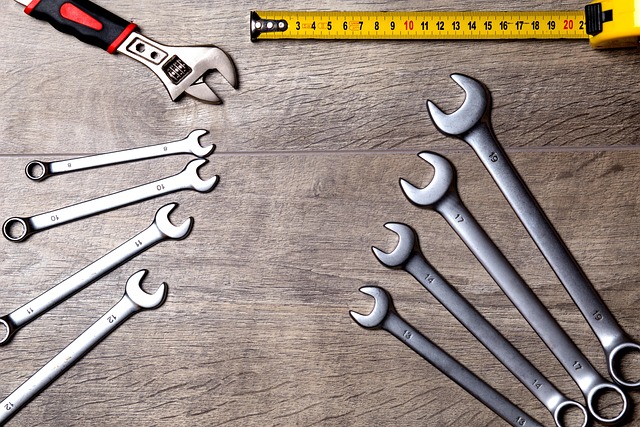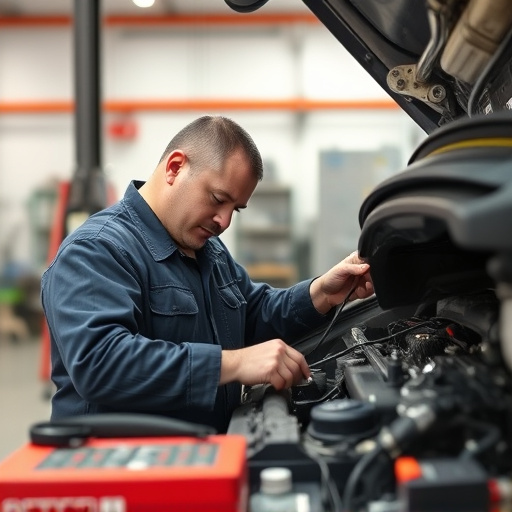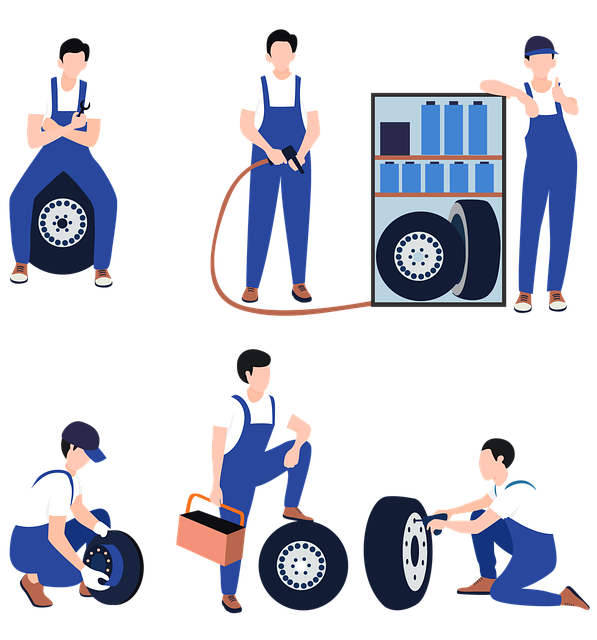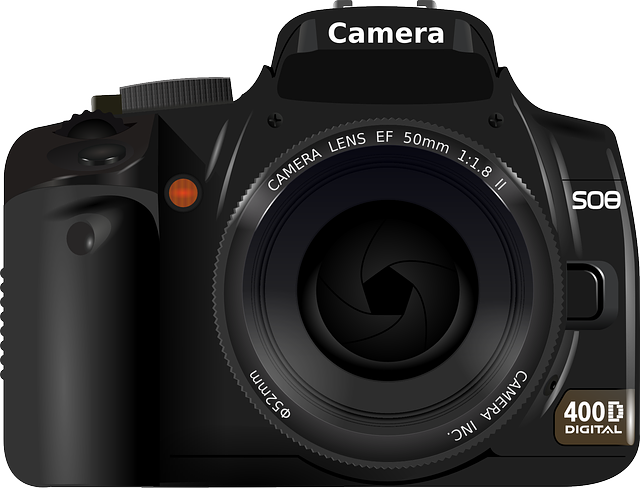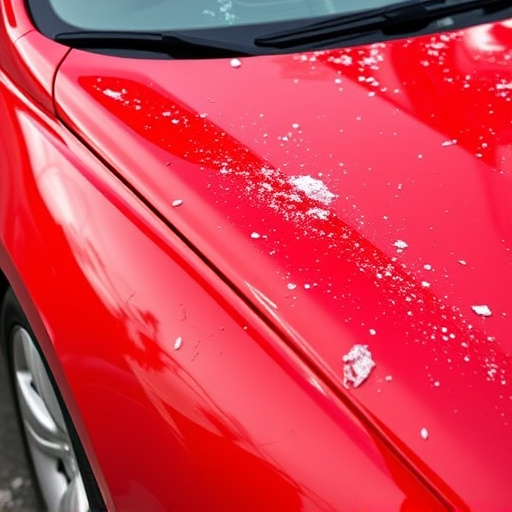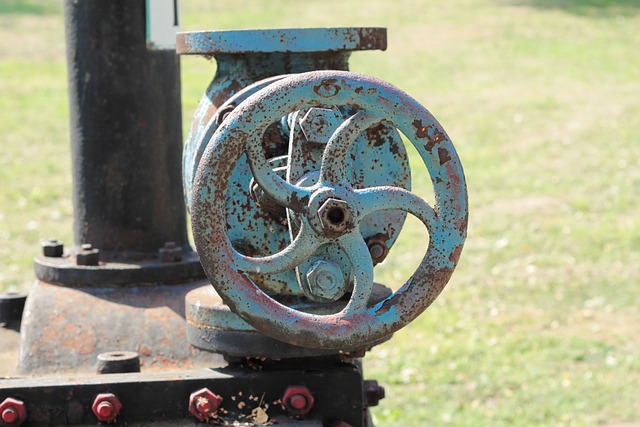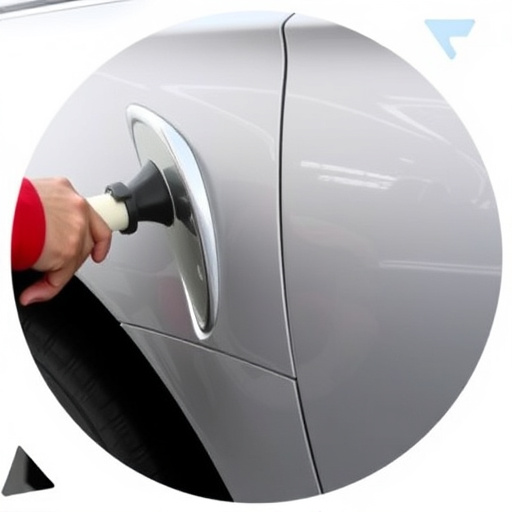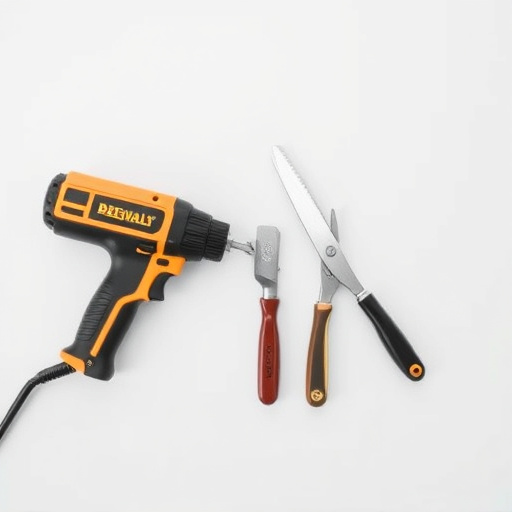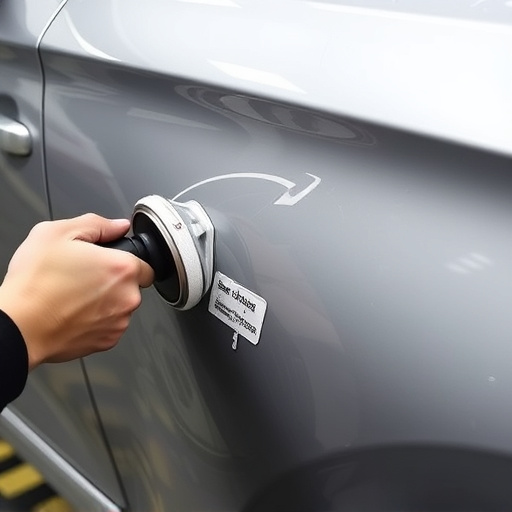Before filing a collision claim, gather essential documents like vehicle damage records, repair estimates, insurance policies, registration papers, and proof of ownership. Understand your auto insurance policy's coverage, deductible, and collision damage provisions to navigate the process effectively. Maintain clear, concise communication with insurance adjusters about incident details, damage descriptions, and any queries.
Streamlining your auto collision claim submission can save time and reduce stress. Before you begin, gather all necessary documentation, including proof of insurance, vehicle registration, and police reports. Understanding your policy coverage and deductible is crucial for a smooth claims process. Effective communication with insurance adjusters is also key; be prepared to provide clear, detailed information about the incident. Mastering these steps ensures a more efficient collision claim process.
- Gather Necessary Documentation Beforehand
- Understand Your Policy Coverage and Deductible
- Communicate Effectively With Insurance Adjusters
Gather Necessary Documentation Beforehand

Before initiating your collision claim process, ensure you have all the necessary documentation ready. This includes detailed records of any damage to your vehicle – photographs are invaluable for documenting scratches, dents, and other blemishes. Keep track of any estimates for repairs or replacements, especially from reputable car restoration services or tire services. Also, compile insurance policies, registration documents, and any proof of ownership.
Having this documentation prepared beforehand will save you time and frustration during the claim submission process. It allows for a smoother transition, ensuring your collision claim is handled efficiently. Remember, accurate and comprehensive documentation is key to receiving the compensation you deserve for your vehicle’s repairs or, if necessary, replacement.
Understand Your Policy Coverage and Deductible

Before you begin the collision claim process, take the time to thoroughly understand your auto insurance policy coverage and deductible amount. This knowledge is crucial as it will directly impact how much you pay out-of-pocket for car damage repair, especially if the accident was your fault. Your policy’s coverage includes provisions for both comprehensive and collision damages, which can help cover costs associated with frame straightening or even a complete car collision repair.
By reviewing your policy, you’ll be able to navigate the claim process more effectively. Know that your deductible is the amount you’re responsible for paying towards repairs before your insurance kicks in. This could range from a few hundred to a thousand dollars, depending on your policy and coverage limits. Being aware of these details allows you to prepare financially and make informed decisions regarding choosing repair facilities or negotiating settlements during the collision claim process.
Communicate Effectively With Insurance Adjusters
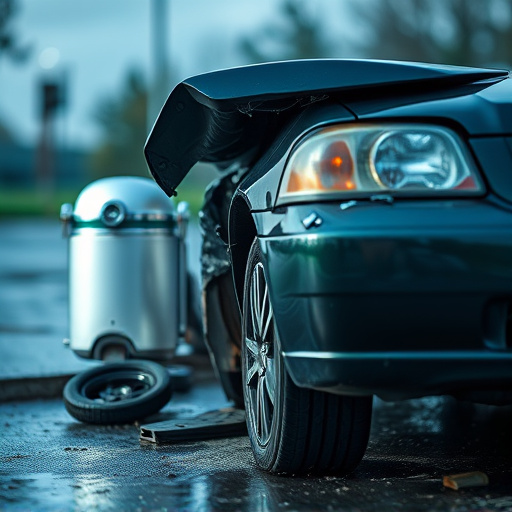
Effective communication is key when navigating the collision claim process. When dealing with insurance adjusters, clarity and conciseness can significantly streamline the process. Begin by providing all relevant information about the incident—dates, locations, and a detailed description of the damage. Remember, adjusters are professionals who rely on accurate data to assess and process claims, so ensure your explanations are straightforward and easy to understand.
Using simple language and avoiding complex terms can foster better communication. If you’re unsure about the extent of the damage or have questions regarding the claim, don’t hesitate to ask. Insurance companies often encourage policyholders to reach out with any concerns, ensuring a smoother journey towards hail damage repair, fender repair, or car restoration.
Streamlining your auto collision claim submission is not only efficient but also ensures you receive fair compensation. By proactively gathering necessary documentation, understanding policy details like coverage and deductibles, and maintaining clear communication with insurance adjusters, you can navigate the collision claim process with confidence. These steps empower you to make informed decisions and expedite the overall handling of your claim.

